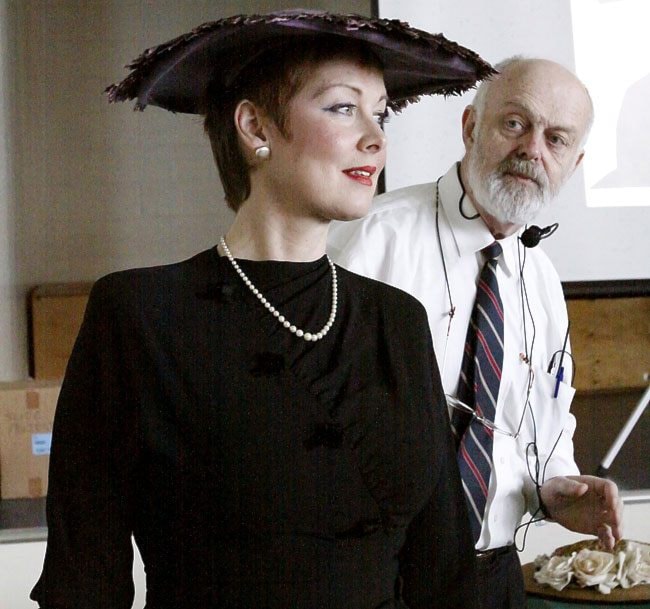It’s been called a beautiful weapon.
Capoeira, a martial art created by Brazilian slaves, is as dangerous as it is alluring. And this weekend it arrives in Whitehorse.
Fighters, dressed in white pants and tank tops, flip, vault, and handstand their way to victory over another opponent. Live music and singing lay the soundtrack to the fight.
It’s like a Quintin Tarantino dream come true - without the blood.
But capoeira is more about camaraderie and confidence-building than it is about fighting, said Julio Monteiro who travelled from Vancouver on Thursday to teach classes here.
Monteiro, better known by his teaching name, Mestre Rasta, started practising when he was nine years old.
Growing up in Salvador, Brazil - the birthplace of capoeira - Monteiro was surrounded by people practising the sport on the beaches and streets of his city.
Capoeira is tightly woven into the history of Brazil and has long been considered the great equalizer of people, said Monteiro.
When African slaves were shipped to Brazil in the 1500s they had few opportunities for escape, so they dreamt up a way to overtake their masters by wit and force.
In the evenings, the slaves would practise fights that had been disguised as moves their slave masters mockingly called “chicken” dances.
Little did the slave owners know that those dances would eventually lead some slaves to freedom.
Five centuries later, the martial art has become Brazil’s fastest growing export.
“It’s like a virus; it’s everywhere you go,” said Monteiro.
In Brazil the sport is taught to all kinds of people, especially kids.
“It’s become popular in schools because it doesn’t matter who you are, everyone is seen as equal,” he said.
In Vancouver, where Monteiro now runs his own studio, the sport has picked up popularity because the martial art mixes live music, dance and self-defence.
The Brazilian way of doing things is infectious, he said.
“In Brazil people enjoy life and music. You don’t need money to be happy.”
“Here in Canada some people don’t appreciate what they have.”
The 70 adults and 40 kids who train with Monteiro have created a tight community in and out of his Abada studio, he said.
“These people love capoeira. A lot of times they don’t even want to go home.”
When Monteiro moved from Brazil to Vancouver in 1993 he hoped to make an impact on the troubled downtown East Hastings neighbourhood using capoeira.
He was borrowing from an idea that capoeira masters have used on the streets of Brazil.
There, capoeira is taught for free to teenagers who are trapped in a life drugs and crime. Often, the intense dedication to the martial art steers these kids away from crime, said Monteiro.
But Monteiro’s attempts were unsuccessful on Hastings.
“People felt intimidated and I didn’t have enough people to support me at the time,” he said.
“For now, I’m not doing it. But maybe I’ll try again in the future. I don’t like to give up on things.”
When teaching free classes in Vancouver didn’t work out, Monteiro focused his energy on opening a capoeira studio.
The Abada studio is one of three or four in Vancouver, said Monteiro.
There, students learn a mixture of two styles of capoeira called Abada.
It includes the faster “regional” style, which includes lots of kicks and flips and the slower and more traditional style known as “angola.”
All of his classes include live music with Afro-Brazilian instruments like the berimbau, a string instrument made from a gourd, and the atabaque, a special handmade drum.
After doing sets of drills and practising new moves, the capoeiristas form a circle or “roda” at the end of each class, to fight or “play” in.
Those who aren’t fighting sing and clap with the music.
It’s the combination of all these elements that interest youth in the sport, said Ta’an Kw’achan Council youth co-ordinator William Jones.
Jones wanted to bring Monteiro up to Whitehorse because he’d taken workshops with him.
Monteiro has been to the Yukon before, teaching in Pelly Crossing and twice in Whitehorse in 2005 and 2006.
Two Yukon capoeiristas were responsible for bringing him up the first few times, said Jones.
Jones wanted to bring him back because he thinks the sport is unique and interests kids.
“It’s fun, interactive and engaging.”
Mestre Rasta teaches three separate classes on Friday, Saturday and Sunday from 1 to 4:30 p.m. at the Yukon College north gym.
Classes are free and open to anybody over the age of 12. To take part, wear comfortable pants and a T-shirt.
Contact Vivian Belik at
vivianb@yukon-news.com
